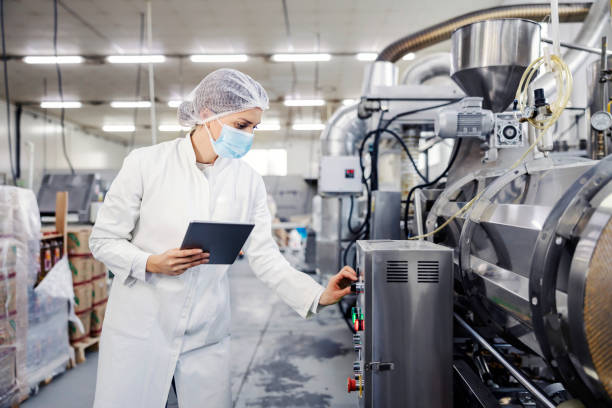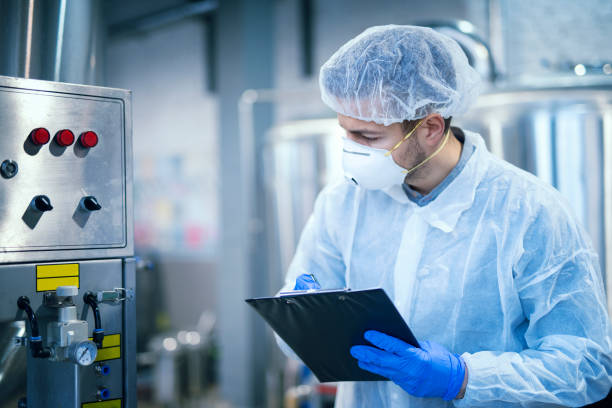ABS, commonly known as acrylonitrile butadiene styrene, is formed by the copolymerization of three monomers of acrylonitrile-butadiene-styrene. Due to the different proportions of the three monomers, there can be different properties and melting temperature, mobility performance of ABS, blending with other plastics or additives, it can expand the use and performance of ABS.
The fluidity of ABS is between PS and PC, and its fluidity is related to injection temperature and pressure, and the influence of injection pressure is slightly greater. Therefore, higher injection pressure is often used in molding to reduce melt viscosity and improve mold filling. performance.

1. Plastic processing
The water absorption rate of ABS is about 0.2%-0.8%. For general-grade ABS, it should be baked in an oven at 80-85°C for 2-4 hours or in a drying hopper at 80°C for 1-2 hours before processing. For heat-resistant ABS containing PC components, the drying temperature should be appropriately increased to 100°C, and the specific drying time can be determined by air extrusion.
The proportion of recycled materials cannot exceed 30%, and electroplating grade ABS cannot use recycled materials.
2. Selection of injection molding machine
Ramada's standard injection molding machine can be selected (screw length-to-diameter ratio 20:1, compression ratio greater than 2, injection pressure greater than 1500bar). If the color masterbatch is used or the appearance of the product is high, a screw with a smaller diameter can be selected. The clamping force is determined according to 4700-6200t/m2, which depends on the plastic grade and product requirements.
3. Mold and gate design
The mold temperature can be set at 60-65°C. Runner diameter 6-8mm. The gate width is about 3mm, the thickness is the same as that of the product, and the gate length should be less than 1mm. The vent hole is 4-6mm wide and 0.025-0.05mm thick.
4. Melt temperature
It can be accurately determined by the air injection method. Different grades have different melt temperature, the recommended settings are as follows:
Impact grade: 220°C-260°C, preferably 250°C
Electroplating grade: 250°C-275°C, preferably 270°C
Heat-resistant grade: 240°C-280°C, preferably 265°C-270°C
Flame retardant grade: 200°C-240°C, preferably 220°C-230°C
Transparent grade: 230°C-260°C, preferably 245°C
Glass fiber reinforced grade: 230℃-270℃
For products with high surface requirements, use higher melt temperature and mold temperature.

5. Injection speed
Slow speed is used for fire-resistant grade, and fast speed is used for heat-resistant grade. If the surface requirements of the product are high, high-speed and multi-stage injection molding injection speed control should be used.
6. Back pressure
In general, the lower the back pressure, the better. The commonly used back pressure is 5bar, and the dyeing material needs a higher back pressure to make the color mixing even.
7. Residence time
At a temperature of 265°C, the residence time of ABS in the melt cylinder should not exceed 5-6 minutes at most. The flame retardant time is shorter. If it is necessary to stop the machine, the set temperature should be lowered to 100°C first, and then the melted plastic cylinder should be cleaned with general-purpose ABS. The cleaned mix should be placed in cold water to prevent further decomposition. If you need to change from other plastics to ABS, you must first clean the melt plastic cylinder with PS, PMMA or PE. Some ABS products have no problem when they are just released from the mold, but they will change color after a period of time, which may be caused by overheating or the plastic staying in the melt cylinder for too long.
8. Post-processing of products
Generally, ABS products do not need post-processing, only electroplating grade products need to be baked (70-80°C, 2-4 hours) to passivate the surface marks, and the products that need to be electroplated cannot use a release agent, and the products must be packed immediately after they are taken out .
9. Matters needing special attention when molding
There are several grades of ABS (especially the flame retardant grade), the melt of which has a strong adhesion to the surface of the screw after plasticization, and will decompose after a long time. When the above situation occurs, it is necessary to pull out the screw homogenization section and the compressor for wiping, and regularly clean the screw with PS, etc.
Post time: Aug-09-2023
